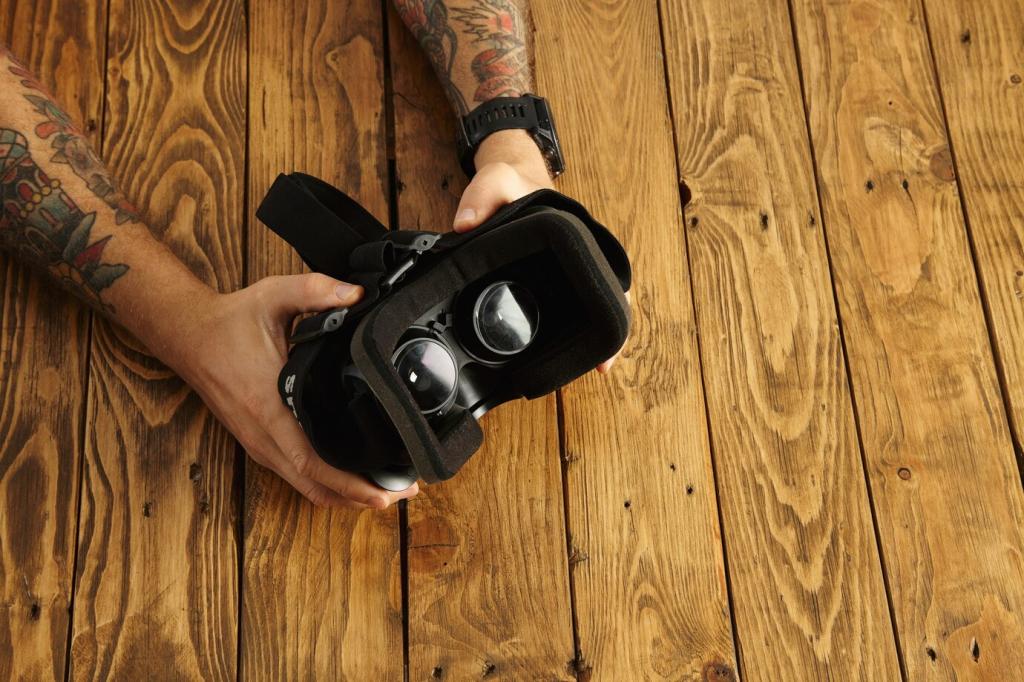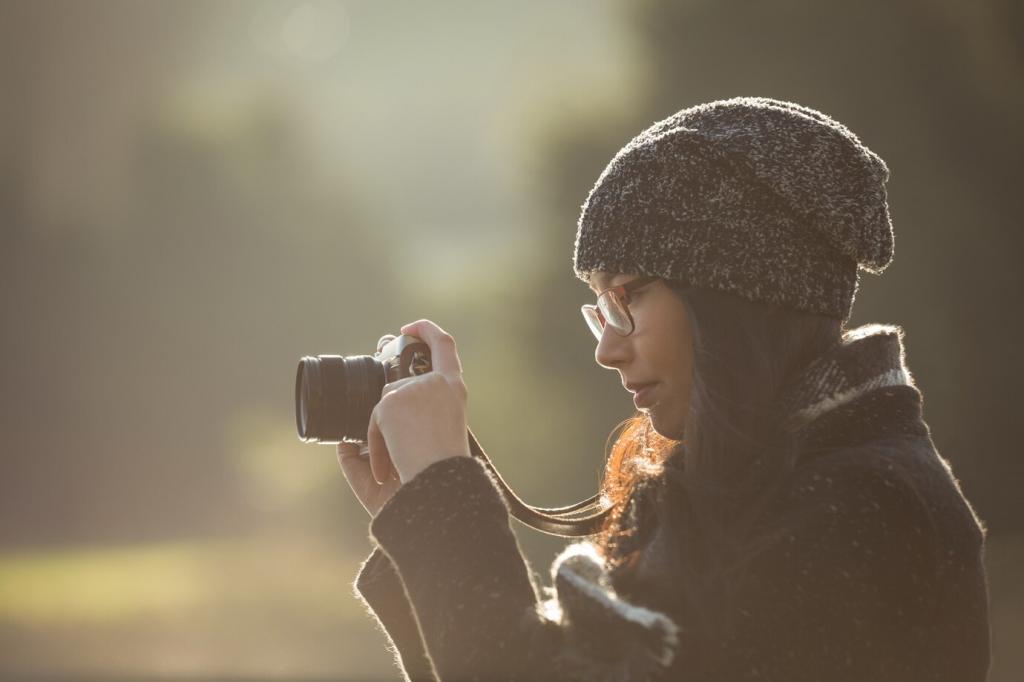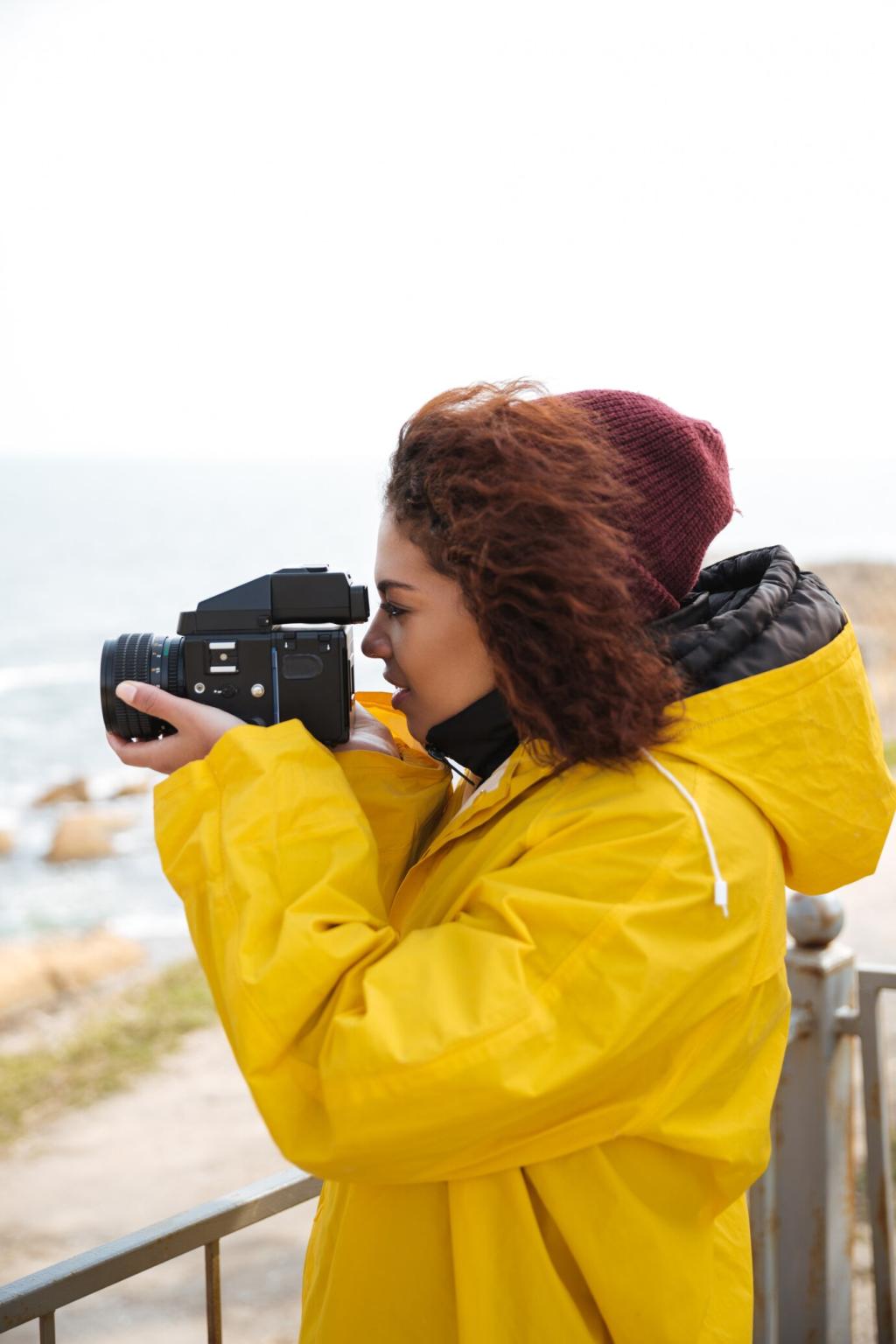Chosen Theme: Best Locations for Amateur Astrophotography
Pack your tripod, charge your batteries, and let’s chase the clearest, darkest skies on Earth. Today’s journey explores the best locations for amateur astrophotography—places where the Milky Way lifts like a curtain, meteors carve silver notes, and your camera finally captures what your eyes have been dreaming about. Share your favorite spots and subscribe for new destination guides, maps, and seasonal sky alerts.

Reading the Bortle Scale on a Map
Seek Bortle class 1–3 zones for truly dark skies that elevate amateur astrophotography from grainy guesswork to crisp starfields. Cross-check light-pollution maps with local terrain, noting valleys that trap haze and ridge lines that catch clearer air. Save offline tiles, because coverage often disappears where skies get great.

Forecasting Transparency, Seeing, and Wind
The best locations for amateur astrophotography balance darkness with stable, dry air. Look for high transparency, moderate seeing, and gentle winds that keep tripods steady. Clouds at 20% might pass quickly after midnight. Use multiple forecasts, including satellite loops, and set alerts for moonrise times to protect your composition.

Safety, Access, and Comfort
Great astrophotography falls apart without safe parking, legal access, and warm layers. Scout daytime entrances and restrooms, pack red lights, and share coordinates with a friend. Know wildlife patterns and road conditions. Carry spare batteries in inner pockets, and bring a thermos—comfort keeps creativity alive past midnight.


North American Dark-Sky Icons
Among the darkest skies in the continental United States, Big Bend delivers panoramic Milky Way arches from March through August. The Chisos Basin and Rio Grande overlooks are stunning for amateur astrophotography, with expansive southern horizons. Watch for spring winds, carry extra water, and respect desert critters while you frame Sagittarius rising.
North American Dark-Sky Icons
A Gold-tier destination with thoughtful amenities, Cherry Springs is purpose-built for amateur astrophotography. The astronomy field, red-light etiquette, and low horizons make deep-sky work practical even for beginners. Arrive before twilight, claim a spot near power stations if needed, and coordinate your visit with a moonless night for maximum contrast.
La Palma, Canary Islands, Spain
The Roque de los Muchachos observatory crowns an island designed for starlight protection. Inversion layers often keep clouds below you, delivering diamond skies for amateur astrophotography. Use switchback pullouts for safe setups, and time your visit for moonless windows. Caldera rims provide rugged silhouettes against the rising galactic core.
Kerry International Dark-Sky Reserve, Ireland
Between rugged peninsulas and Atlantic winds, Kerry glows with natural darkness. The Skellig Ring viewpoints and beaches offer breathtaking horizons and foreground drama ideal for amateur astrophotography. Watch the forecast closely; transparency can swing fast. Warm layers, windproof gloves, and a snug tripod spread will save your night.
Galloway Forest Park, Scotland
A pioneering Dark Sky Park with accessible forest roads, Galloway provides deep darkness and reflective lochs perfect for artistic frames. Scout lake edges by day and return after twilight for amateur astrophotography with serene reflections. Coordinate with aurora alerts—on lucky nights, subtle curtains ripple above the tree line.
Southern Hemisphere Wonders
Aoraki Mackenzie, New Zealand
An International Dark Sky Reserve with crystalline air, Aoraki Mackenzie surrounds you with alpine silhouettes and glacial lakes. Lake Tekapo’s shores and Church of the Good Shepherd are classics for amateur astrophotography. Winter brings longer darkness; summer offers mild nights. Respect sacred sites, and keep lights low to preserve the view.
NamibRand Nature Reserve, Namibia
Dry air, high altitude plains, and minimal light pollution make NamibRand one of the best locations for amateur astrophotography anywhere. Dune crests sculpt breathtaking leading lines beneath the Milky Way. Plan for temperature swings, pack dust covers, and shoot star trackers on calm nights to reveal faint nebulae and dark lanes.
Warrumbungle National Park, Australia
Australia’s first Dark Sky Park pairs volcanic forms with outback skies ideal for amateur astrophotography. From the Breadknife lookout to quiet trail pullouts, compositions emerge easily. Visit during cool, clear months, and consult local observatory events. Galaxies like the Carina Nebula shine bright, rewarding patient framing and careful focusing.


Close-to-Home Wins: Urban and Suburban Strategies
Study light-pollution gradients around your city and target Bortle 4 or 5 edges for quick sessions. Reservoir shorelines, farm roads, and trailhead parking lots often provide safe, open horizons. For amateur astrophotography, bring a narrowband filter for nebulae and time sessions when the moon sets after midnight.
Close-to-Home Wins: Urban and Suburban Strategies
Water absorbs city glow and lowers horizons, while ridgelines pop you above haze. Choose cliff-top paths or state park overlooks with legal night access. For amateur astrophotography, keep an eye on marine layers, which can roll in quickly. Secure your tripod, shield the camera from wind, and frame lighthouse silhouettes thoughtfully.

Match the Season to the Shot
In mid-latitudes, the galactic core rises pre-dawn in spring and shines after dusk by summer. Scout natural arches, bridges, and trees for strong silhouettes suited to amateur astrophotography. Use apps to predict core angle and altitude. Avoid bright lunar phases, and stack exposures to tame noise without losing star color.
Match the Season to the Shot
Perseid and Geminid peaks deserve dark, open horizons and patience. For amateur astrophotography, shoot wide, fast lenses continuously and monitor dew buildup. Choose rural fields or lake shores, and let the radiant rise high. A gently lit foreground adds context without washing streaks. Bring spare cards to capture surprises.
Travel Logistics, Etiquette, and Storytelling
Check night-use rules and seasonal closures well before leaving. Park nose-out for quick exits and mark emergency coordinates offline. For amateur astrophotography, always keep two backups: an alternate vantage and a secondary site upwind. If clouds move in, pivot to star trails, light-painting, or moody cloudscapes under bright planets.
